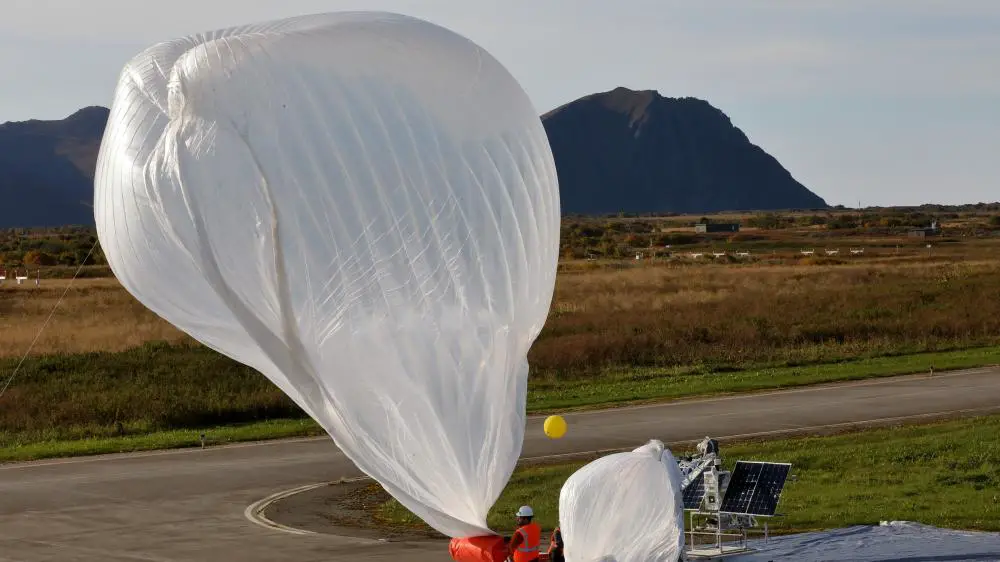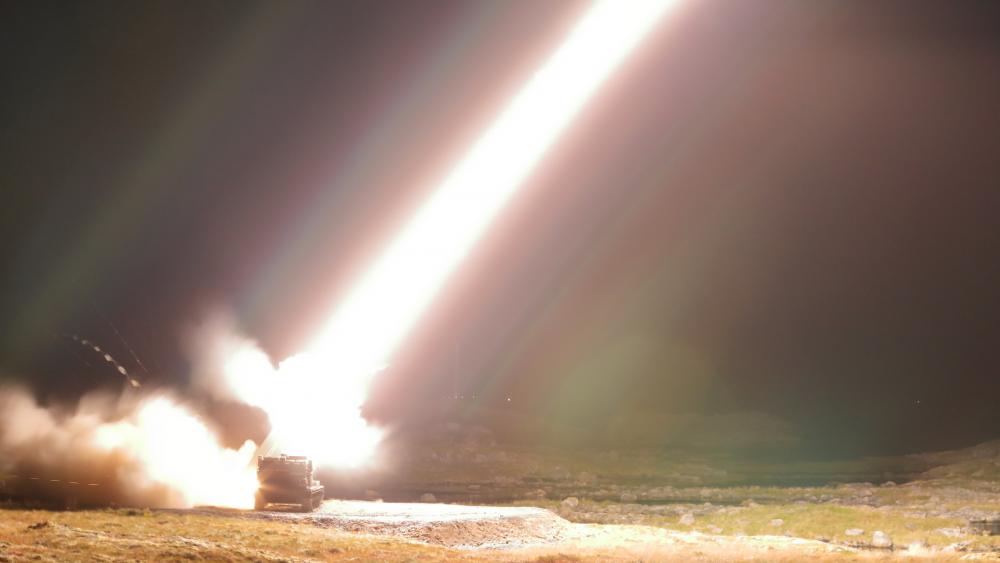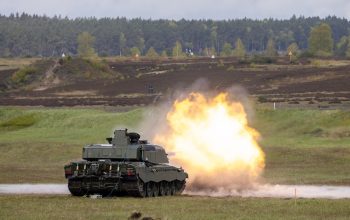The 2nd Multi-Domain Task Force-Europe, U.S. Army Europe and Africa, and 1st Battalion, 6th Field Artillery Regiment, 41st Field Artillery Brigade converged with allies and partners to test and expand modernization efforts Sept. 9-20, 2021. The exercise, Thunder Cloud, tested high-altitude balloons, sensor to shooter capabilities, and long-range precision fires to experiment with new warfighting methods. Thunder Cloud was the first exercise of its kind and the first of the newly activated 2nd MDTF. The U.S. Army’s 2nd multi-domain task force synchronizes efforts across domains to deliver joint freedom of action. Partnerships made Thunder Cloud a success in the Arctic Circle.
“Operating in the High North gives us a great opportunity to exercise with our allies, partners, and other services. Thunder Cloud is important to the High North specifically because we are looking to operationalize the stratosphere,” Col. Samuel Ybarra, G3, U.S. Army Europe and Africa said.
“Thunder Cloud is about three things: modernization, partnership, and readiness…part of multi-domain operations is finding the new sensor’s best shooter, so this asset here is a unique way to conduct targeting,” Lt. Col. Dave Henderson, commander, 1st Battalion, 6th Field Artillery Regiment, 41st Field Artillery Brigade said.

Commercial partners, like Raven Aerostar, enabled modernization efforts across the force by providing new technology to the U.S. Army. Raven Aerostar provided high-altitude balloons, and launched the balloons into the stratosphere as a coordination effort for data on weather patterns and targeting coordinates. Two of the domains, land and space, were explored during Thunder Cloud and included the concept of long-range precision fires and high-altitude balloons. Integration of organic long range precision fires highlighted technology modernization efforts to develop fire strategies across NATO forces.
The exercise prioritized future advancements within U.S. Army field artillery units and long-range precision fires. Andøya Space and the Norwegian military hosted the U.S. Army effort by facilitating location and support on the ground. Collaboration between Andøya Space, Norwegian military and the 2nd Multi-Domain Task Force-Europe allowed the U.S. Army to modernize its tactics and warfighting capabilities. The U.S., Norwegian military and partners are committed to facing emerging threats. Modernizing the force is essential in optimizing lethality and moving the joint force into the future.















